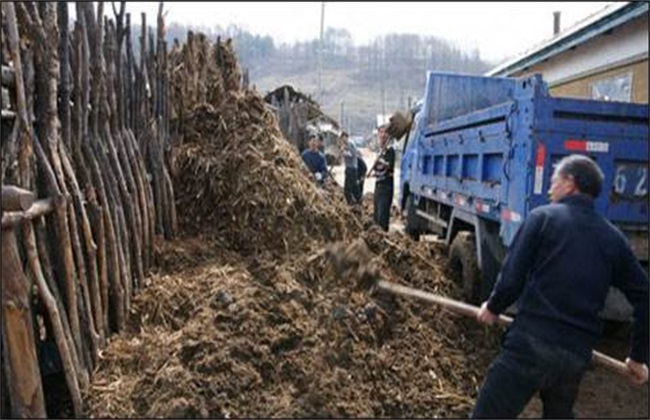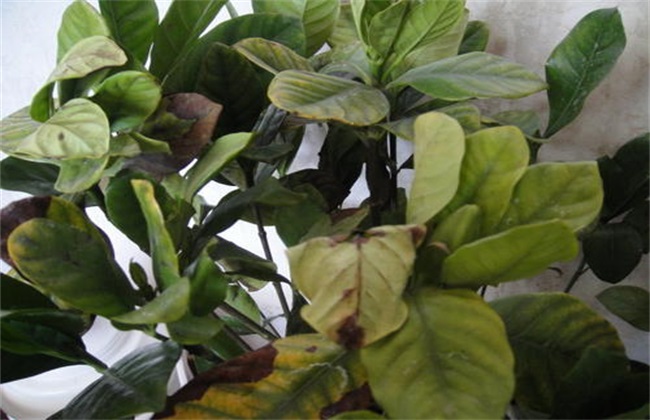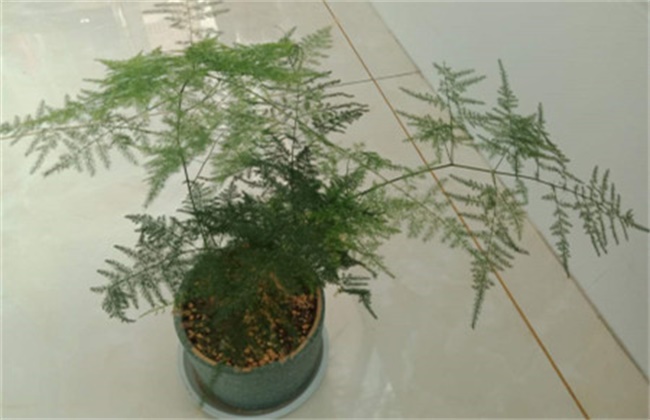Key points of composting operation in winter
The temperature in winter is very low, and many crops grown in winter also need a lot of fertilizer. Therefore, in order to speed up the heating and ripening of fertilizer, composting should be done well in winter. When composting in winter, there are many places we need to pay more attention to and not to operate blindly in order to ensure that the fertilizer is mature and used as soon as possible. So the editor today brings you the operation points of winter composting, let's take a look at it!

1. It should be big rather than small
In order to make the fertilizer fully mature in winter, the fertilizer pile should follow the principle that it should be large rather than small. Generally speaking, the diameter of the fertilizer pile should be kept at about 4 meters and the height should be about two meters. If the fertilizer pile is too small, it is easy to be attacked by air-conditioning, resulting in fast heat loss and reducing the ripening speed and quality of fertilizer. Some farmers put fertilizer in the fields for small storage or sprinkle it directly on the ground in winter and spring. In fact, this will cause a large loss of nitrogen, which can damage about 65% in serious cases. Therefore, composting should be mainly stored in large piles in winter, and then sprinkle it into the ground before the cultivated land.
2. Cover soil and seal mud
In addition to storing compost in large piles in winter, the top of the pile should be properly covered with soil and mud. In other words, covering a layer of soil or grain straw can improve the heat preservation performance, avoid the cold attack of fertilizer and water, and cause the heat to spread too quickly. And covering soil and sealing mud can also avoid the volatilization of nitrogen too quickly and reduce the loss of nitrogen. There has been a professional data survey shows that under the same time conditions. If the fertilizer pile is covered with soil and sealed with mud, the nitrogen loss rate can be maintained at about 10%, while without soil cover and mud, the loss rate will be increased to 30%.
3. Ash dung is stored separately.
Ash dung is what we often call plant ash, plant ash is a kind of alkaline fertilizer. When composting, if it is mixed with manure, it will lead to a large loss of nitrogen in the manure. According to the test surface, if plant ash is used as a gasket or covered with manure, the loss of nitrogen can reach 40% in about three days. It will volatilize almost all after three months, but if it is not put together, the loss rate is only about 5% in three days, and no more than 50% after three months. Therefore, when composting in winter, ash dung should be stored separately and should not be mixed with manure.
4. Adding phosphorus to preserve nitrogen
During composting, an appropriate amount of calcium superphosphate or phosphate rock powder can be added to the fertilizer for mixed stacking. In this way, its nitrogen retention effect is very good. Because composting in winter is mainly for nitrogen, the loss of nitrogen will have a great impact on the effect of composting. With the addition of phosphorus, the nitrogen loss rate of compost is only 3%, while without addition, the loss rate can reach 45%. Therefore, when composting in winter, we should pay attention to the appropriate addition of phosphate fertilizer to improve the effect of nitrogen conservation.
The above is a brief introduction to the main points of composting operation in winter. That's all for today's introduction. This article is for reference only. I hope it can help you all.
Related
- Fuxing push coffee new agricultural production and marketing class: lack of small-scale processing plants
- Jujube rice field leisure farm deep ploughing Yilan for five years to create a space for organic food and play
- Nongyu Farm-A trial of organic papaya for brave women with advanced technology
- Four points for attention in the prevention and control of diseases and insect pests of edible fungi
- How to add nutrient solution to Edible Fungi
- Is there any good way to control edible fungus mites?
- Open Inoculation Technology of Edible Fungi
- Is there any clever way to use fertilizer for edible fungus in winter?
- What agents are used to kill the pathogens of edible fungi in the mushroom shed?
- Rapid drying of Edible Fungi



